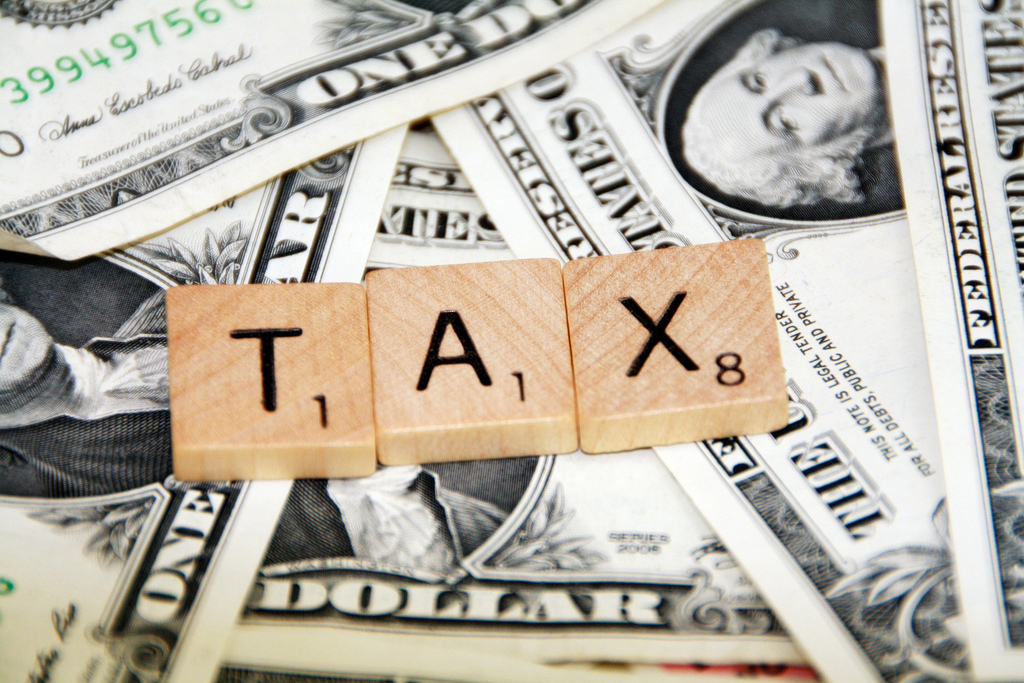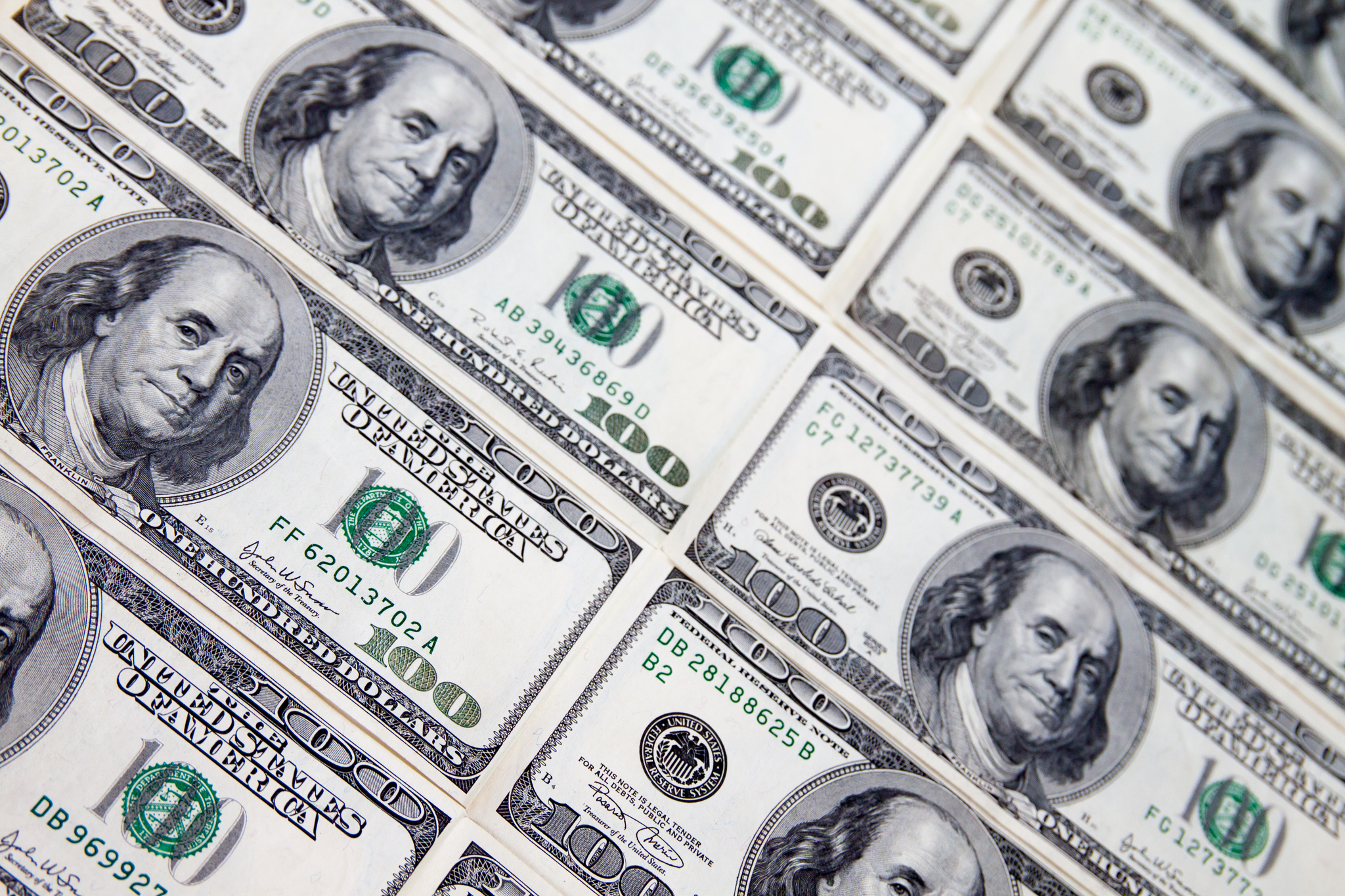An extra $400 million from income tax payments could come surging into Virginia’s coffers from the federal tax overhaul signed last year, but state finance officials are not ready to trust the wave they say could disappear after summer’s end. In April, total state revenues had a 17.8 percent year-over-year increase, with collections growing by 6.7 percent through the first ten months of the fiscal year – double the original annual forecast.
The pending revenue is likely to add fuel to the fire in the General Assembly as state lawmakers have convened this week to settle the budget impasse that has continued for over one month. Governor Ralph Northam has already cautioned legislators to save the money for the “rainy day fund,” rather than spending it as a hedge against the “unpredictable” taxpayer reaction to the Tax Cuts and Jobs Act signed in December by President Donald Trump.
“As we complete our work on the commonwealth’s budget, we should use this opportunity to strengthen Virginia’s financial position by investing any unanticipated revenues in our cash reserve,” Northam said in a statement according to the Richmond Times-Dispatch. “By taking a conservative approach we will protect our Triple-A bond rating and insulate Virginia families from future uncertainty that could stem from federal tax changes or chaos in Washington.”
On tax day, the surge in payments to the state came from taxpayers who enjoyed massive capital gains or estimated payments based on income that is not subject to tax withholding. The most unpredictable source of Virginia’s revenue – non-withholding tax payments – rose by over 40 percent in April, adding $150 million to the $250 million the state had collected in December and January.
The surge is something legislators and Virginia finance directors are still trying to measure.
In the report, out of 781 major individual taxpayers – those with more than $1.7 million in taxable income – who have made big income tax payments, only 60 have filed state returns, with an additional 175 paying almost $35 million in income taxes while seeking extensions before they file their returns, according to state finance officials.
The law requires that taxpayers pay their estimated liabilities by May 1. However, tax returns do not have to be paid by then. Therefore, the Commonwealth could face a big demand for refunds in the fall as more than 540 other big taxpayers file their returns.
“We know they don’t owe us any money, but we don’t know if we owe them money,” Secretary of Finance Aubrey Layne said. He will present a revised revenue report to the Senate Finance Committee on Monday afternoon.
“The April revenue report is positive news and a sign of a strong economy and responsible fiscal management,” House Appropriations Chairman Delegate Chris Jones (R-Suffolk) said in a statement Friday. “While we still have two months remaining, the positive report indicates that Virginia will likely beat its revenue projections for the current fiscal year, news that will undoubtedly be welcomed by institutional bond holders and national credit rating agencies.”
He added: “If we maintain our current trajectory, Virginia will make a significant deposit in the revenue stabilization and water quality improvement funds, as our constitution requires. Additionally, we will be able to deposit the remaining excess revenues in the newly created cash reserve fund that can be used to address any future revenue volatility. The state budget as passed by the House of Delegates includes language to require remaining excess revenues be invested in the revenue reserve.”
Co-chairman of the Senate Finance Committee Emmett Hanger (R-Augusta) also opposes a revenue reforecast until state finance directors better understand the ramifications of federal tax code changes on Virginia taxpayers.
Lawmakers and state officials have experienced a similar situation before. In 2014, non-withholding revenues fell far below the original forecast that relied heavily on the previous year’s numbers that were based on a surge of income tax payments after another large investment sell-off in 2012.
The result was a projected $2.4 billion revenue shortfall for the 2014-2016 biennium budget that forced Virginia to draw down reserves in its rainy day fund. S&P Global Ratings said withdrawals from the reserve fund in 2014, again in 2016, were a primary reason for its decision to downgrade the state’s financial outlook from stable to negative in 2017.
Layne said adding more revenue to the rainy day fund, beyond what is constitutionally required, could address the concerns about the state’s bond rating and hedge against major refunds to taxpayers in the fall.
“If you have to pay it back, the money’s in reserve,” he said.
The revenue caution also comes as other sources are tracking close to the original forecast.
Income taxes withheld from paychecks account for nearly two-thirds of Virginia’s general fund revenue. An additional payroll deposit day in April allowed collections to bounce back after the loss of a deposit day in March which was cause for concern at the time.
In April, withholding income tax revenue ended with a 6.1 percent year-over-year increase, rising by 4.4 percent for the fiscal year-to-date, compared to a forecast of 3.5 percent. The estimated difference, Layne said, was approximately $100 million.
Sales tax – a worrisome avenue for many due to a surge in online retail sales – rose by 5.3 percent in April. Sales tax revenues have beat the original forecast of three percent, coming in at an increase of 3.2 percent.
“When you take out non-withholding, we are ranging slightly ahead of forecast,” Layne said.







